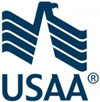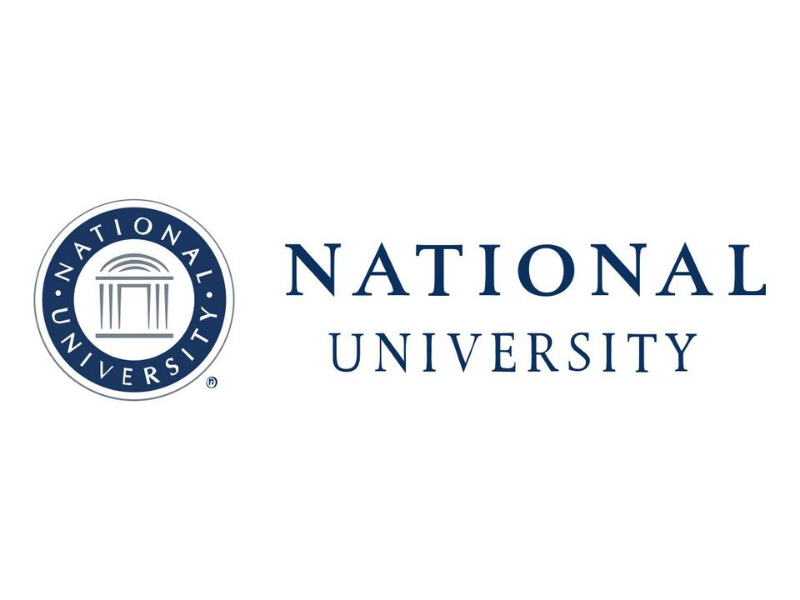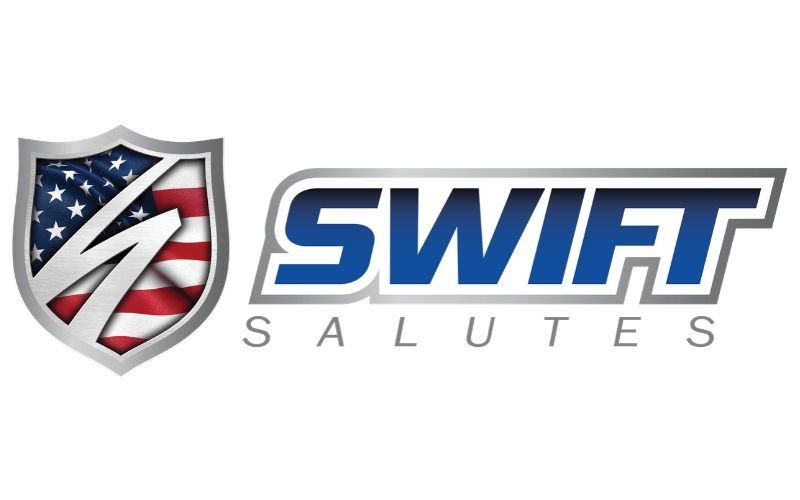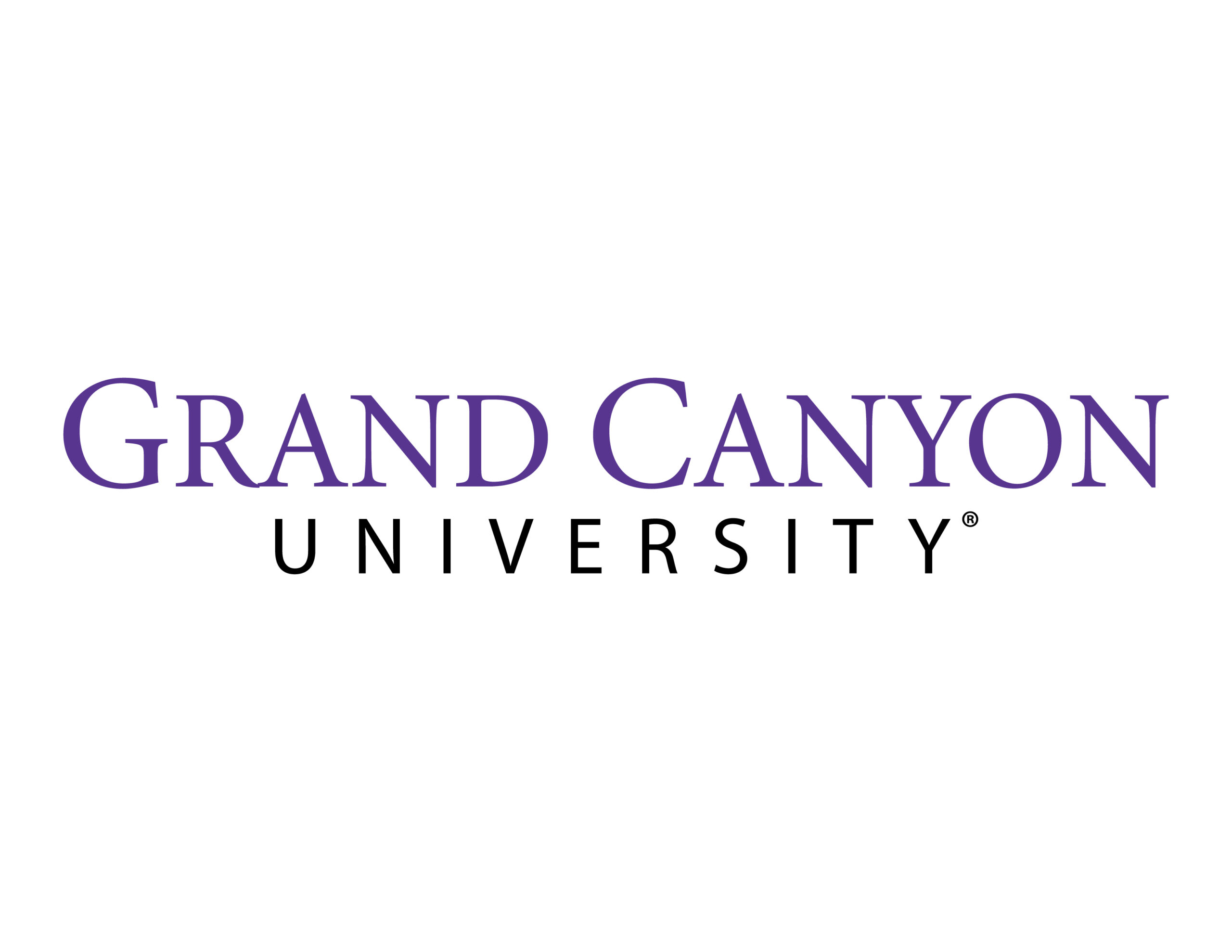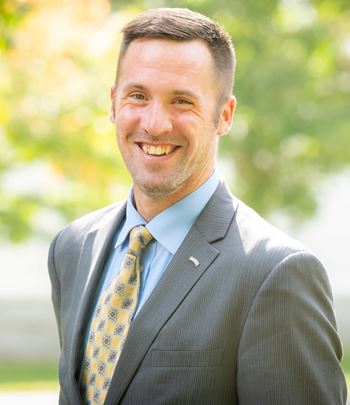
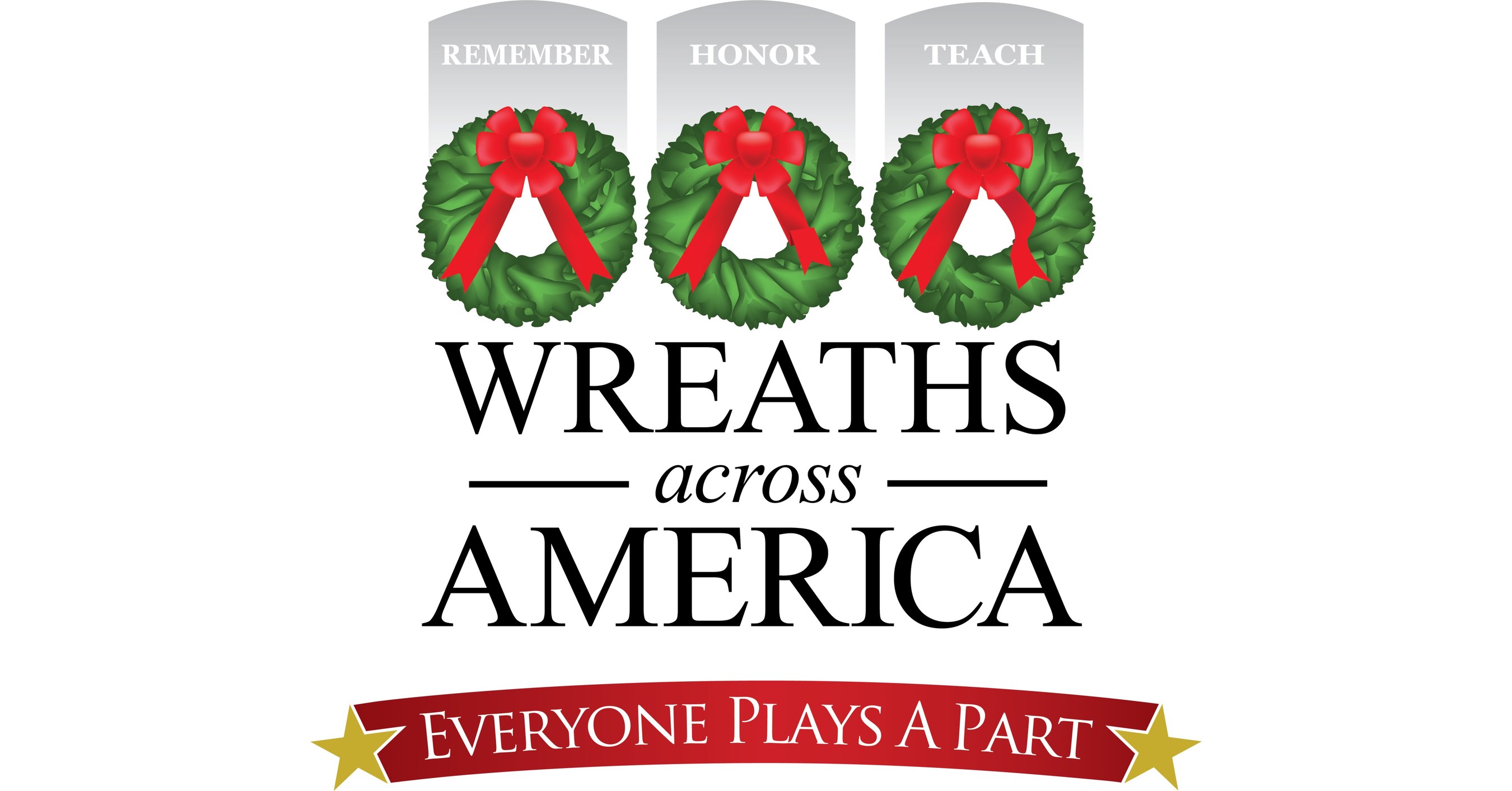
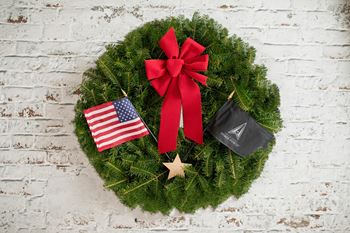
In October Wreaths Across America announced the addition of an 8th ceremonial wreath representing the U.S. Space Force. This caused a great amount of excitement and a whole lot of questions. In fact, not a day has gone by where someone hasn’t asked, “Where does the Space Force go?” So, as Wreath Day ceremonies are being planned, I thought it would be a good opportunity to take a minute to talk about protocol.
At its core, protocol, and associated etiquette, customs, and courtesies, are actions or procedures that define how we show respect. In the U.S. the basis for our protocol is written in Title 4, Chapter 1 of the U.S. Code, commonly referred to as “The Flag Code” which Congress adopted on June 22, 1942. The Flag Code was the result of a collaborative effort of about 70 different organizations who came together in 1923 to develop a community standard for rendering honors to our flag.
As we get closer to Wreaths Across America Day on December 18th you may find yourself becoming overwhelmed with questions surrounding protocol as it relates to your ceremony – it’s challenging and often confusing. In addition to the Flag Code – the Military, and subsequently each branch of service, has their own manuals on protocol, customs, and courtesies. Veterans Organizations such as the American Legion, have their own guides on protocol. So, who’s right? Here’s the truth, I’ve presided over countless parades and Military ceremonies at each one inevitably a protocol question arises and I’m not alone. From Boy Scout troops to the State Department, to the Supreme Court of the U.S. there’s always questions about protocol. The answer falls under the first amendment to the Constitution and our freedom of expression. At the end of the day, as individuals, and as a community the constitution guarantees us the right to express our love for our country in whatever way we want. You’re probably thinking “that is the least helpful answer ever!” My point is this, our mission is to Remember the fallen, Honor those who serve, and Teach our children the value of freedom, as long as your ceremony is an expression of that mission, you’re doing it right!
That said, I also have some more practical advice for you on this topic as well. Earlier this week I sat down with a former colleague who is currently serving with the 3rd U.S. Infantry Regiment, “The Old Guard,” which is the Army’s official Ceremonial Unit (read – this guy knows protocol). The first thing he said was that the commander of troops has considerable leeway in the protocol used during ceremonies. Fun Fact – the facing maneuver executed by Sentinels at the Tomb of the Unknown is not a standard facing maneuver. As a Location Coordinator, you too will have some leeway in determining the appropriate protocol to use, but you also have a responsibility of ensuring your choices are a clear expression of our mission.
When building a plan for your ceremony the best thing you can do is your homework. A simple web search will provide you with many resources to help answer any protocol questions. Just like the team that wrote the Flag Code, find a team to help you – I recommend engaging with representatives from local Veterans Organizations, or a recruiting station – these folks are well versed in standard protocol that most people will be familiar with and having consensus around your protocol decisions is always helpful. Try and identify the senior ranking person who will be attending your ceremony in advance and let this person know your protocol plan. This can serve as a final check to ensure your protocol is consistent with best practices. You’ll also want to be sure your master of Ceremonies is aware of the proper protocol and that your script communicates to attendees how they are expected to act – Julie and I worked together to put some of those audience prompts into the generic script we provide to all our locations.
Finally, to answer the original question, where does the Space Force go? It goes after Air Force and before Coast Guard. In fact, the consensus on how to order flags and or ceremonial wreaths (especially if you are choosing to add to the 8 ceremonial wreaths we provide), when looking at your display from left to right:
- U.S. flag
- Foreign flags (optional) note: display alphabetically using the English spelling
- State flags (optional) note: can be either alphabetical or by order of admission to the union
- Territorial flags (e.g., Guam, Puerto Rico) (optional) note: can be either alphabetical or by order of recognition as a territory
- Army
- Marine Corps
- Navy
- Air Force
- Space Force
- Coast Guard
- Merchant Marines (optional)
- Reserve flags (optional) note: ordered by service in same order as parent service
- National Guard flags (optional) note: ordered by service in same order as parent service
- Military organization (unit) flags (optional) note: ordered by service and echelon
- POW / MIA (optional)
- Individual flags (Service Secretaries, Flag Officers, Senior Executive Service members) (used only when ranking person is present) note: displayed by seniority
- Other flags (e.g., City or town flags, Scouts, CAP)
Some useful resources that I have used in the past (remember I was Army, so my understanding of protocol comes from the Army each service has its own manuals):
- Wreaths Across America (https://learn.wreathsacrossamerica.org/location-group-resources)
- The American Legion (https://www.legion.org/flag)
- Veterans of Foreign Wars (https://www.vfw.org/community/flag-etiquette)
- Army Field Manual 7-21-13
- Department of the Army Pamphlet 600-60
- Army Officers Guide (there’s one for each service and an NCO handbook as well)
- Betsy Ross and the American Flag (https://www.ushistory.org/betsy/faq2.htm)
Your commitment to our mission is what makes your events, and Wreaths Across America, a meaningful experience for so many people. Your dedication and passion to our mission, along with your attention to detail while planning these ceremonies is a wonderful expression of your personal, and your communities, love for our country and respect for our Service Members, Veterans, and their families. In addition to your local volunteer resources, always remember that your regional liaisons, HQ staff, and I are all here to support you in creating a dignified, and meaningful ceremony that expresses our collective commitment to our mission to Remember, Honor and Teach.




